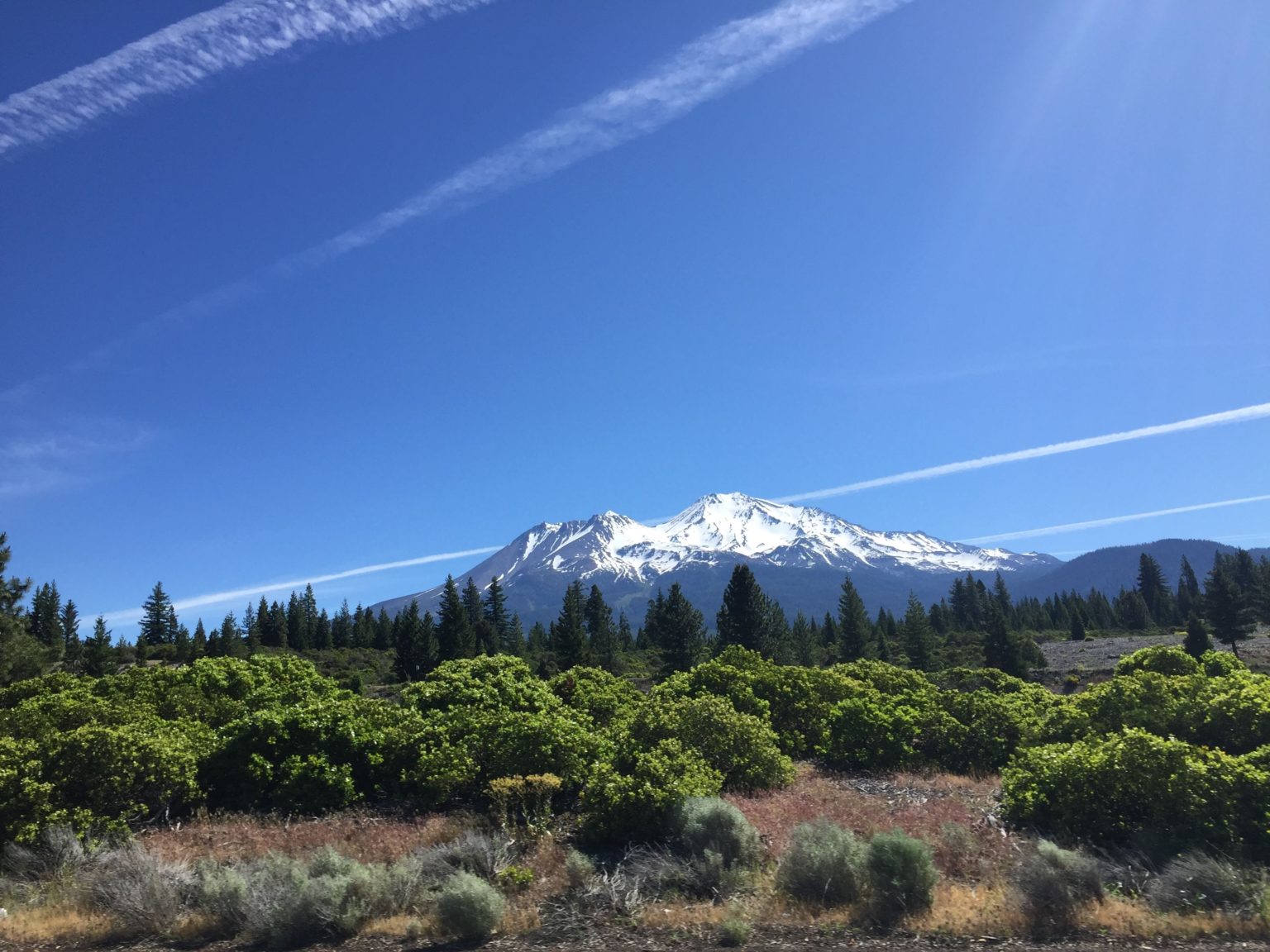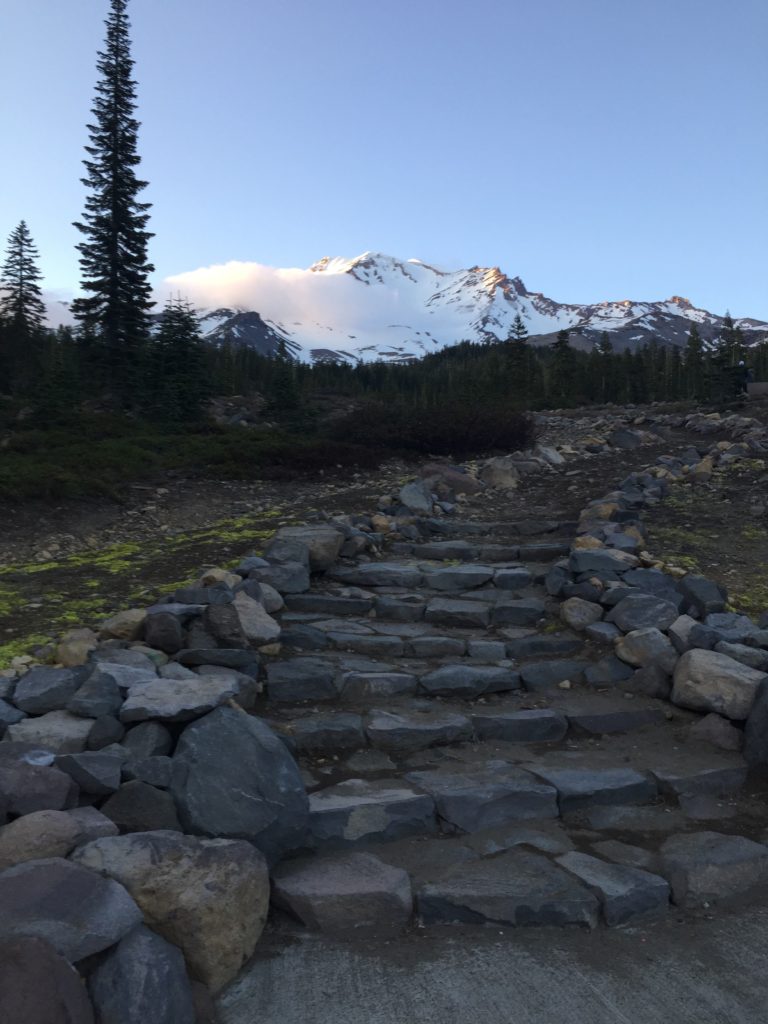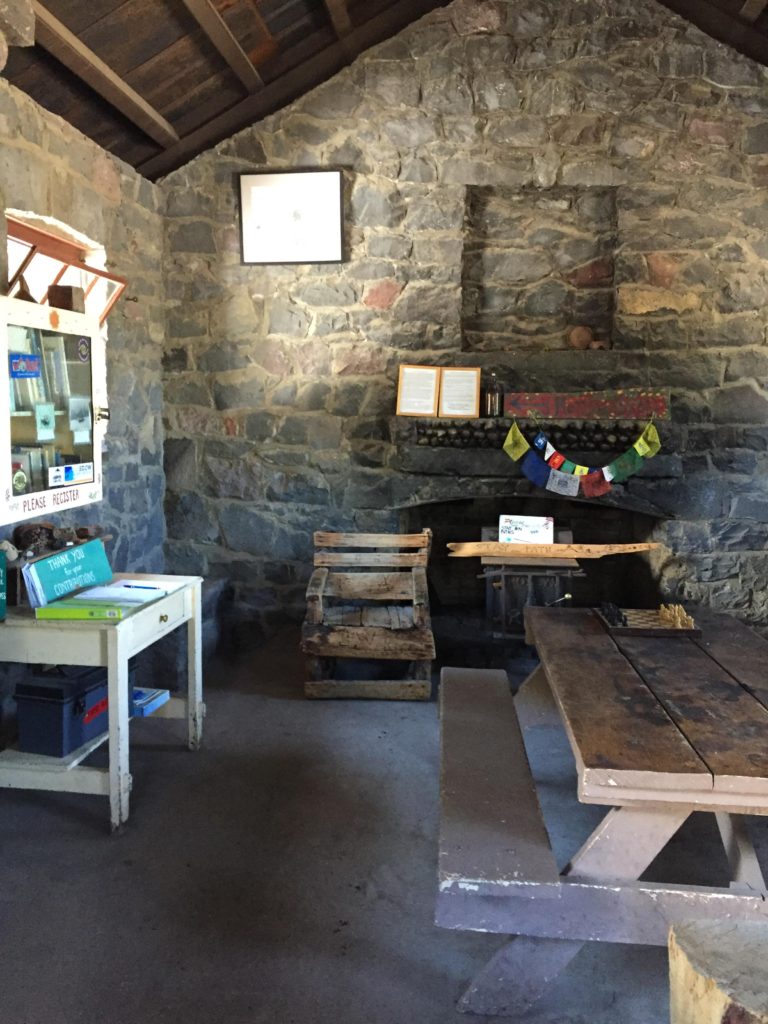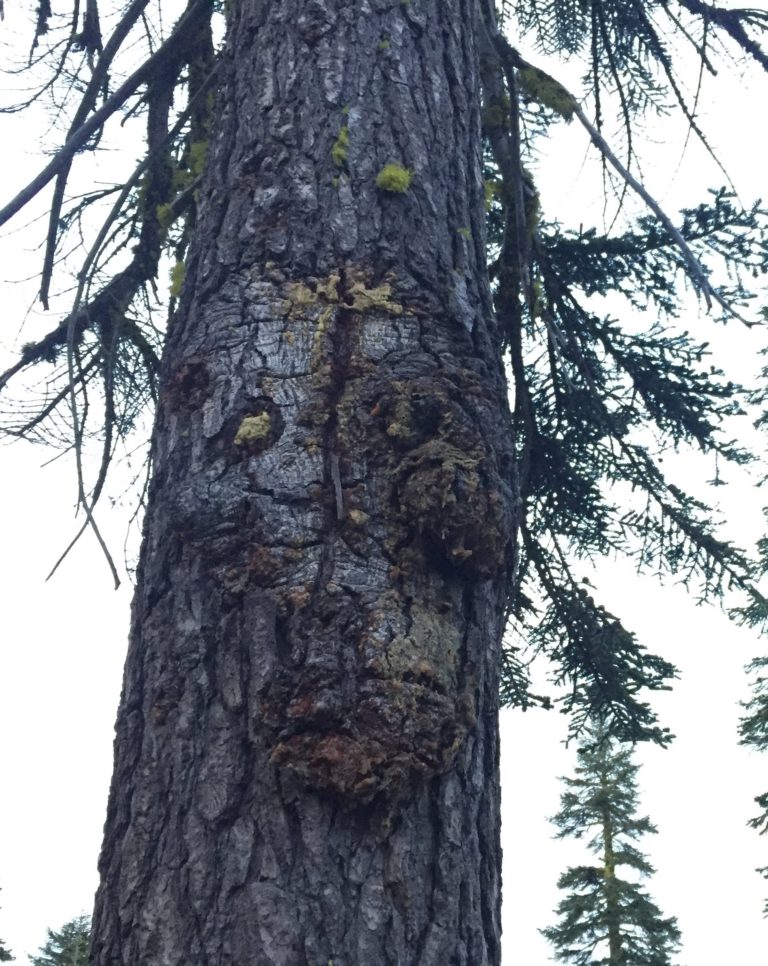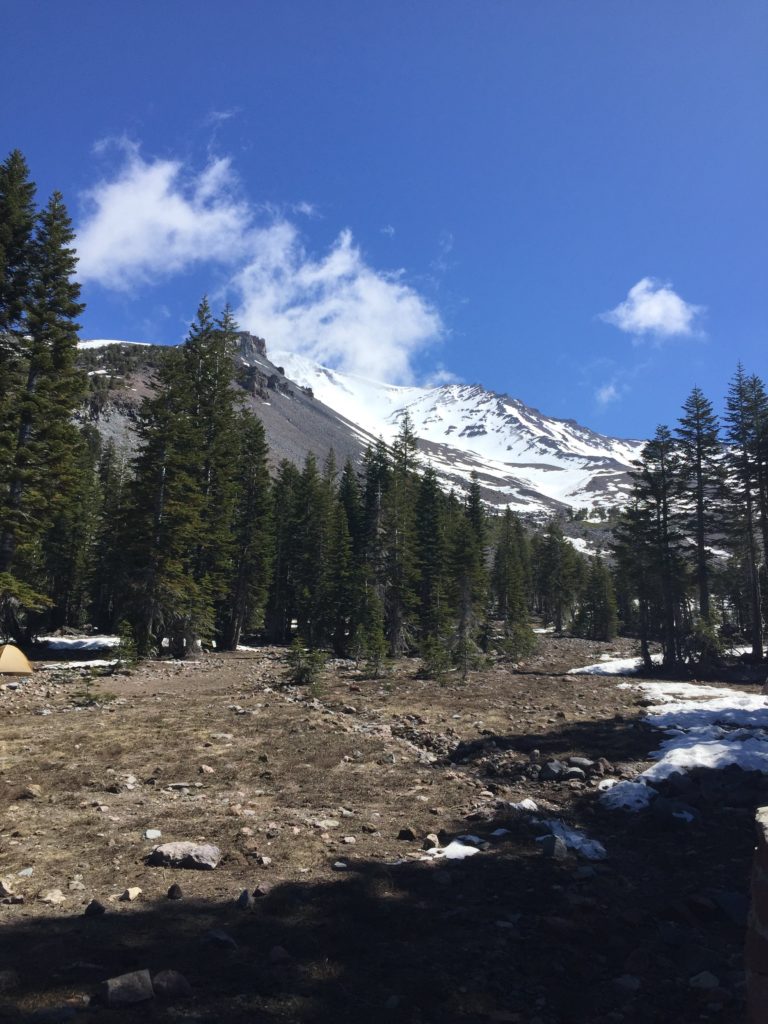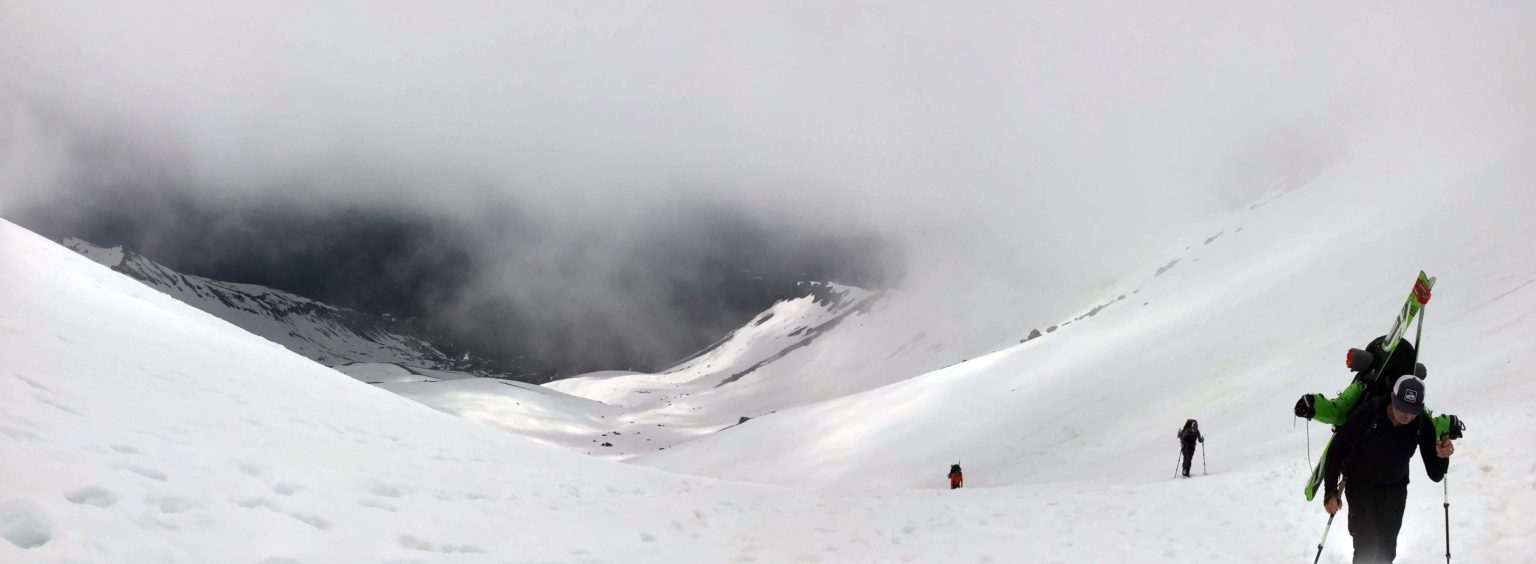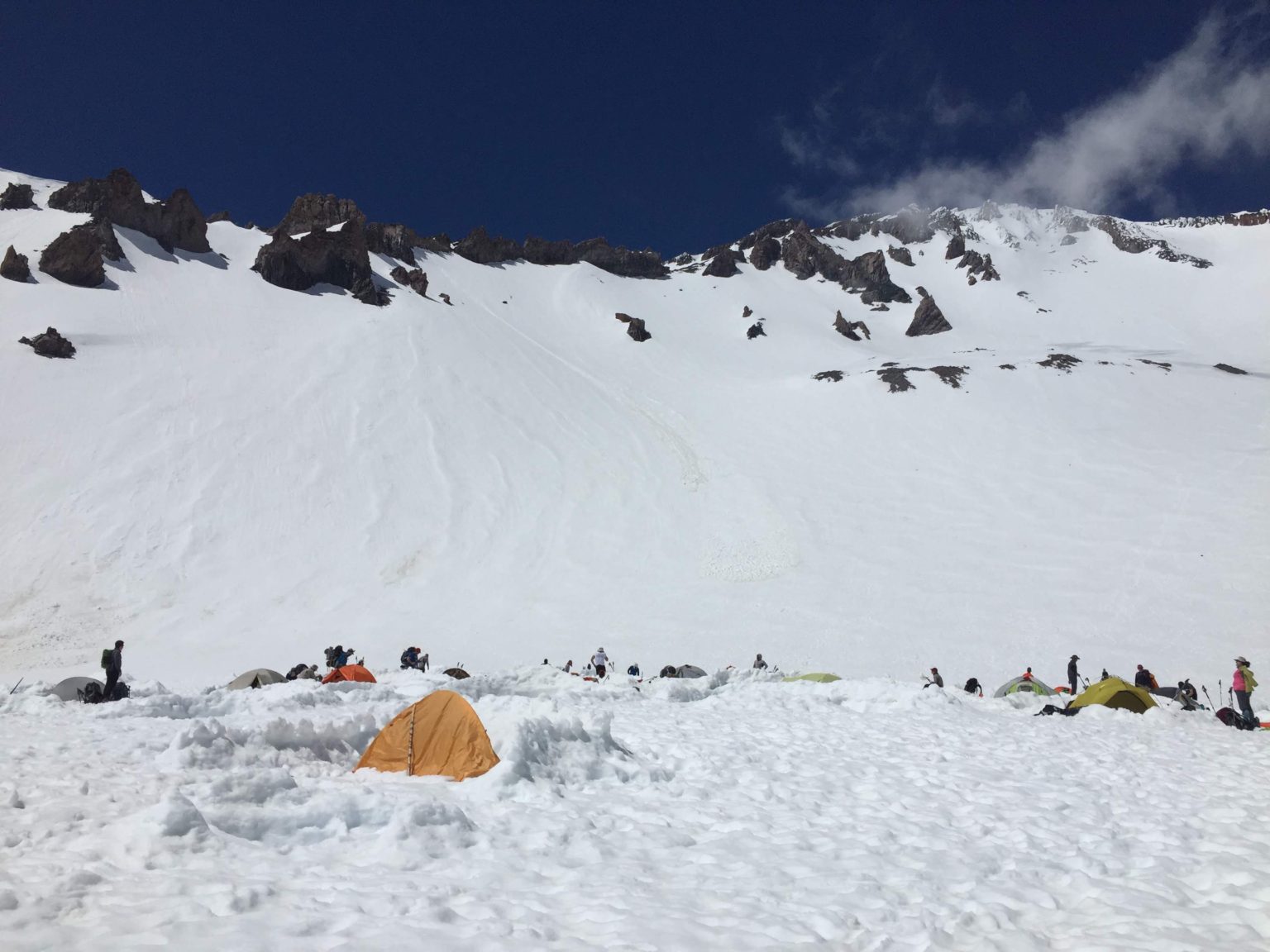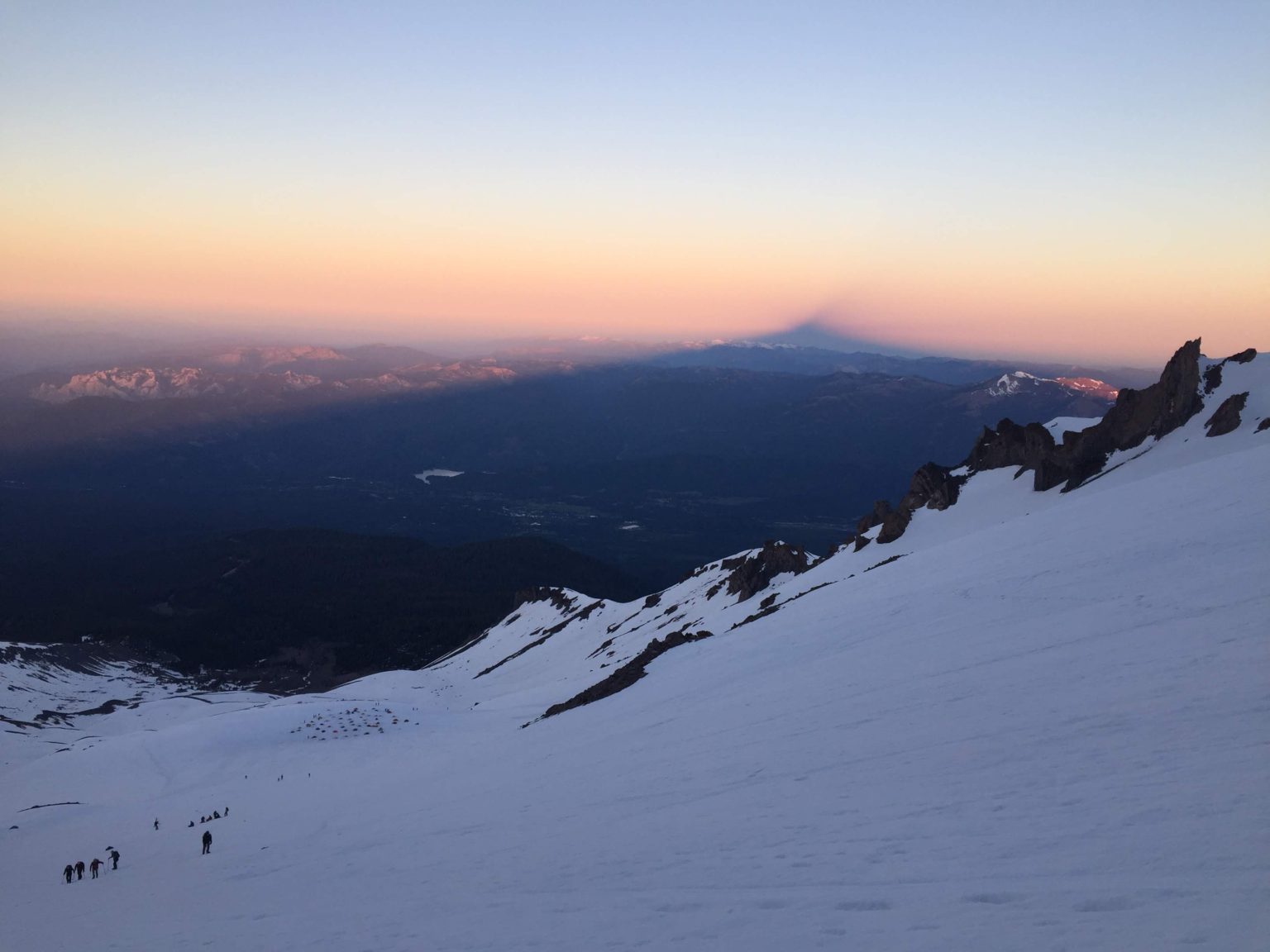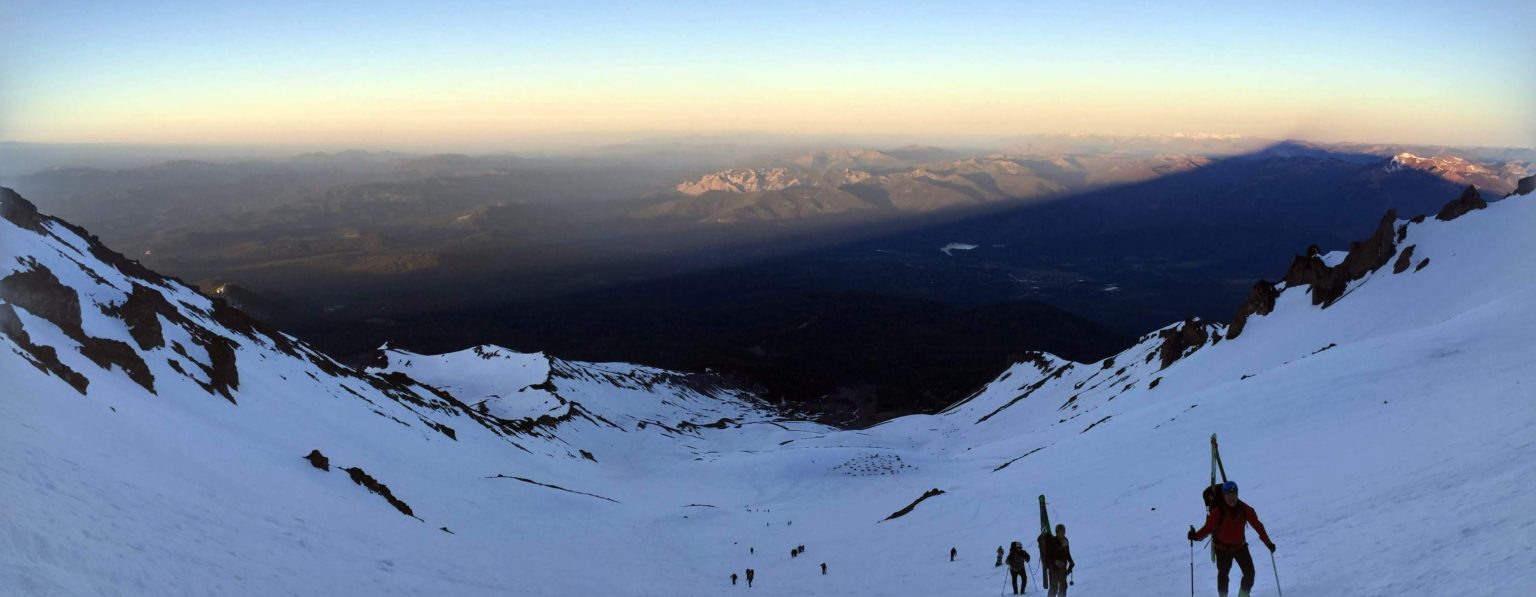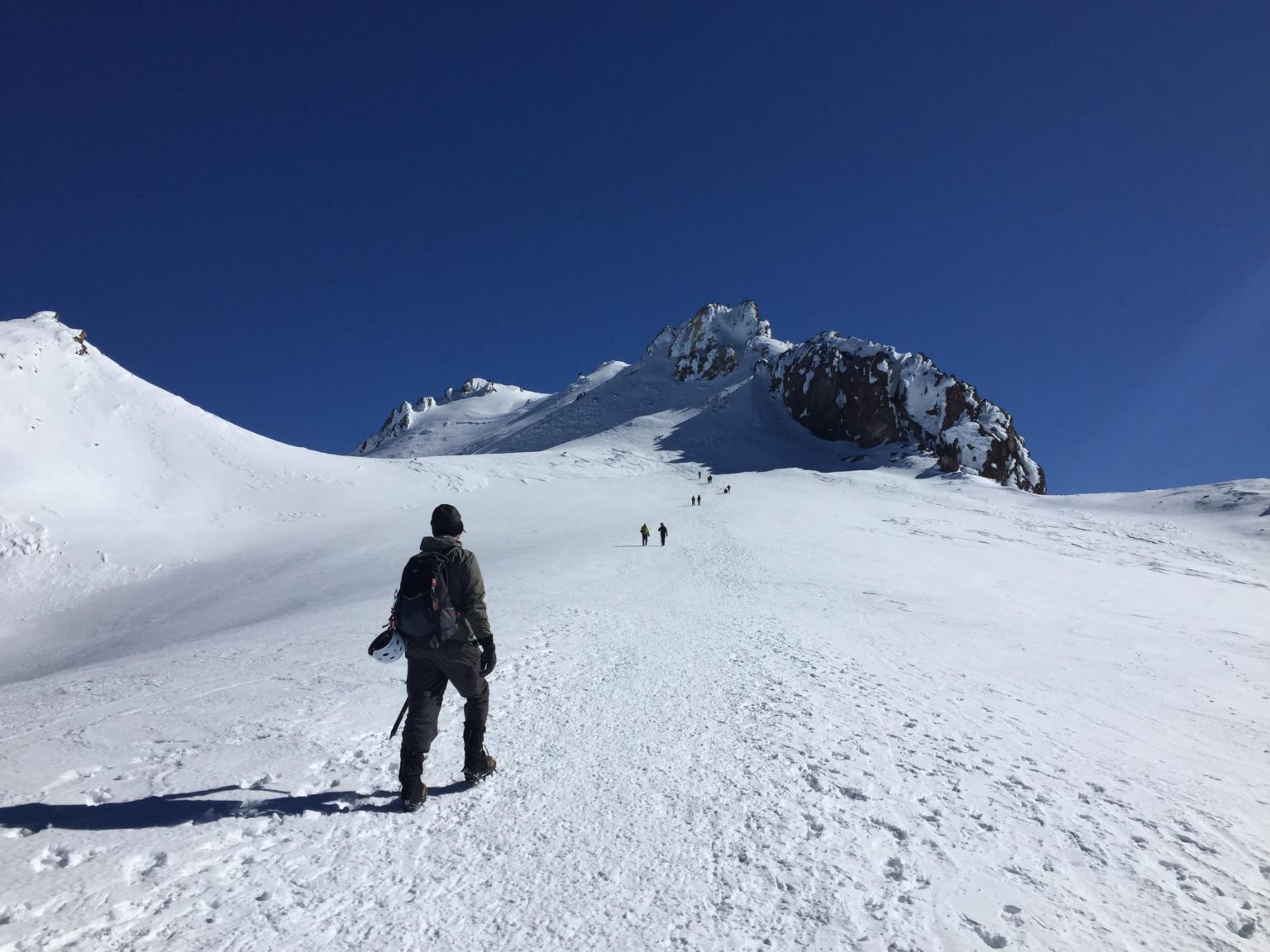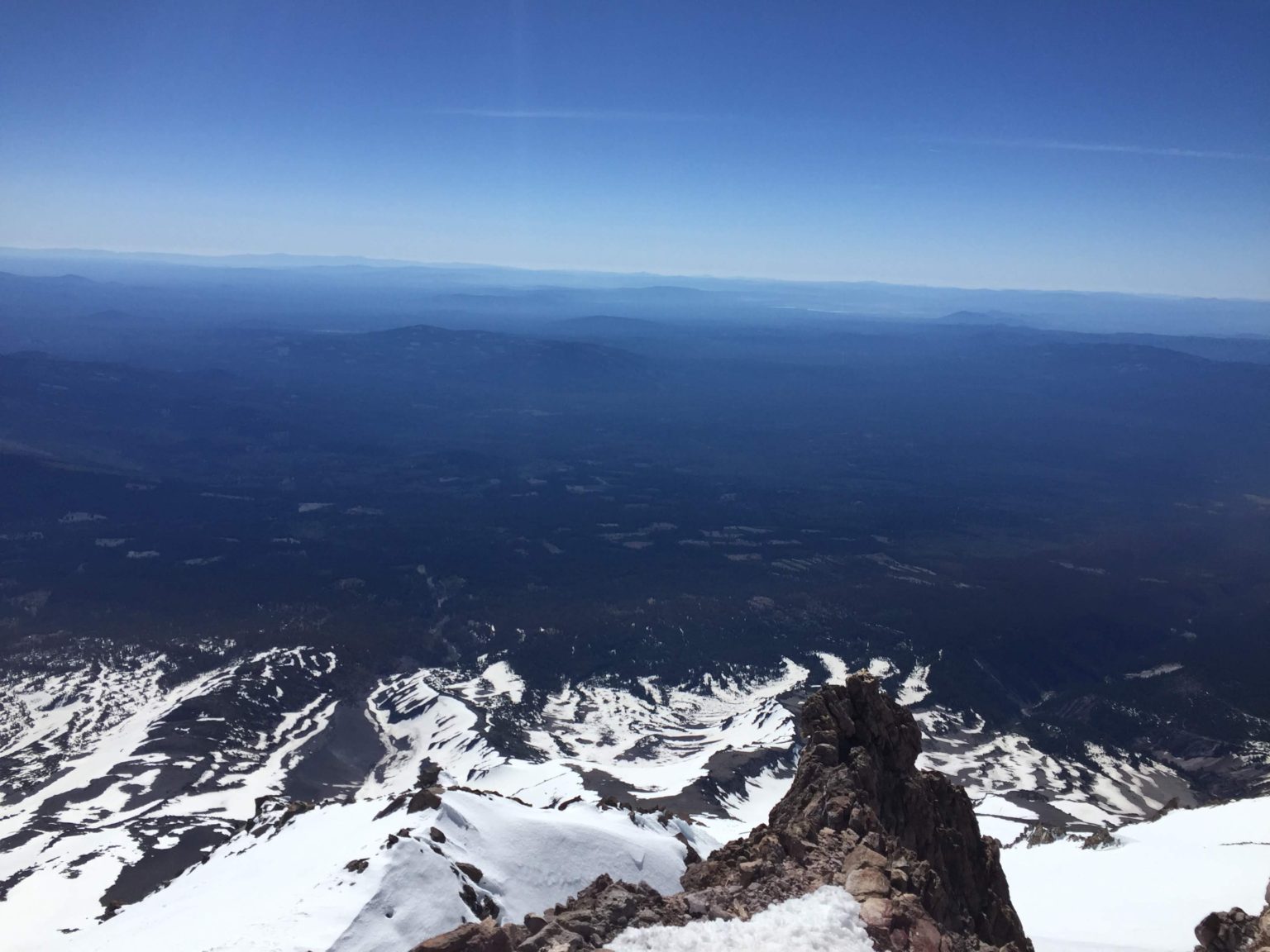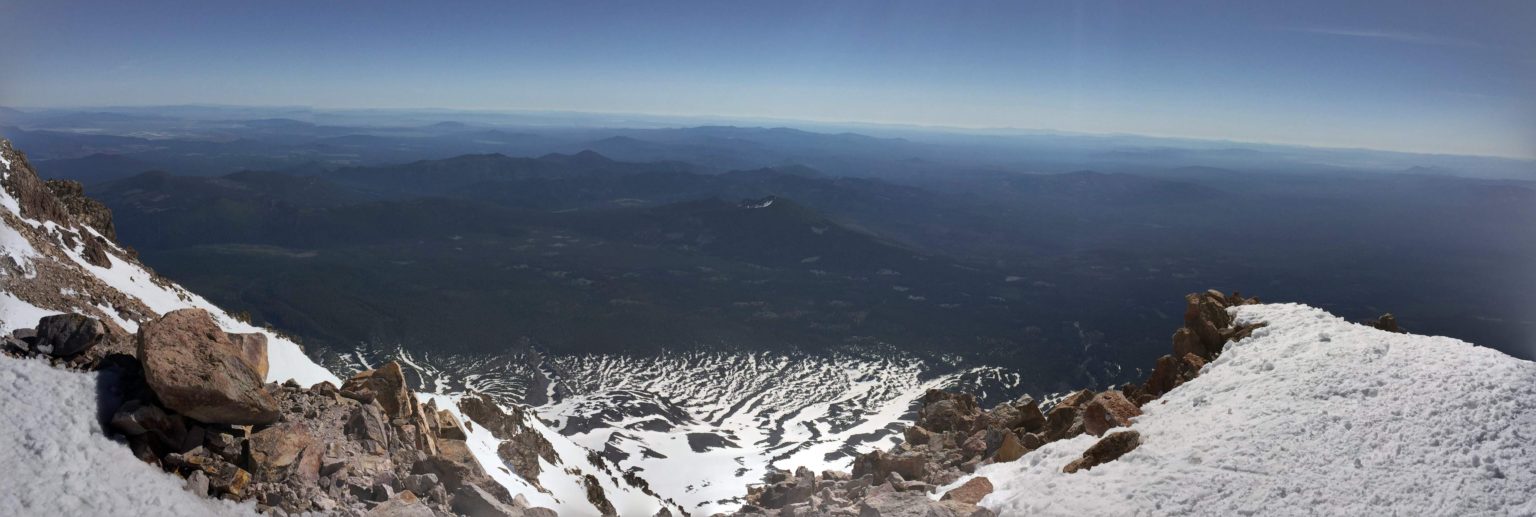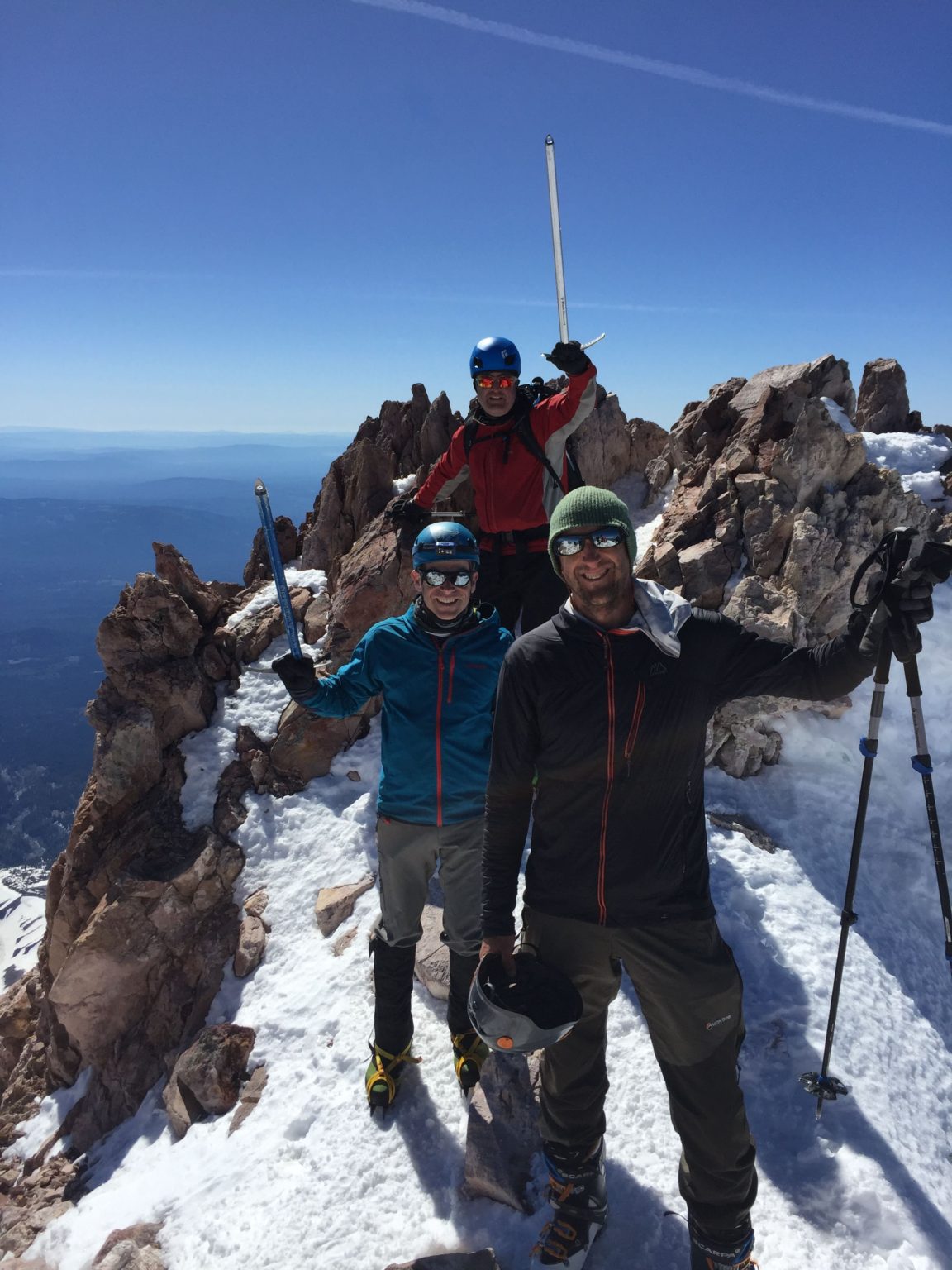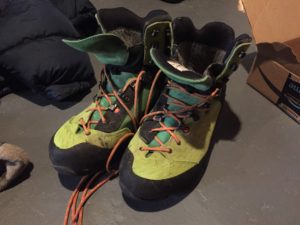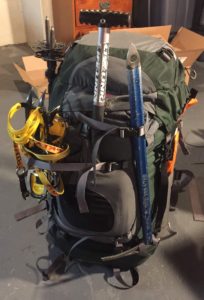Climb Mt Shasta
We headed out of Portland Thursday morning to meet up with a larger group camping at Bunny Flats (dispersed camping just south of the trailhead parking lot). A few members of our party chose to stay at a motel in town (it’s a relatively short drive from town to the trailhead.)
Friday morning, we began our hike/climb from Bunny Flats to Helen Lake. We stopped along the way at Horse Camp to admire the structure and refill on spring water!
At Helen Lake, we had to shovel quite a bit snow out of an existing tent spot to accommodate our three man tent. The weather was calm, clear, and hot! We spent a long time gathering and melting snow, and then filtering it.
Later that evening, one of the rangers who was stationed at Helen Lake made his way around to each group to give an overview of the climb ahead. We had some dinner and retired early.
The majority of our group got up very early Saturday morning (sometime between midnight and 1am) to begin their climb. The goal was to be on the summit for sunrise. John, Jeff, and I chose to sleep in a bit, and got underway around 4am. A few were not feeling great and decided to stay at camp.
The climb out of Helen Lake up the Red Wall is a steep (~35 degrees) snow field approximately 2,400 ft. The snow was firm. The ranger had mentioned this section is the most difficult, and the most dangerous, with the majority of climbing accidents happening here.
After topping out on the Red Banks (elevation ~12,820), we traversed left to the base of Misery Hill. At this point John and Jeff parted ways with me to stash their skis for the descent. I pressed on. Somewhere about halfway up the hill I ran into Josh and the rest of the group descending from the summit – they had made it for sunrise and hung out on the summit for an hour or two.
I summited around 9:20 am (elevation 14,180 ft). There was a little exposure on the final section, but it wasn’t bad. I figured John and Jeff weren’t too far behind, and the conditions were perfect, so I decided to wait for them. About 20 minutes later they arrived. The summit was a bit crowded, with a few assholes who had been sitting on the highest point since I had arrived. They eventually moved off after someone yelled at them.
After descending the summit pinnacle, a large rock/small boulder fell onto the snow not too far from Jeff.
We made our way back down to the bottom of Misery Hill, at which point John and Jeff headed off to make some tea, collect their skis, and wait the snow to warm up. Their plan was to drop into to Avalanche Gulch from the top of the Red Banks. I headed down solo.
At the top of the Red Banks, I ran into Ted and Brea, who were taking a nap, in preparation for the final descent down. I continued on my way. It was icy near the top. I tried to glissade but it was too sketchy. Lower down I was finally able to glissade most of the way to camp.
John and Jeff beat back to camp. We pack up and waited for the last two climbers to return before descending back to the parking lot. It was extremely warm and the snow was mushy. There were many people heading up, in a miserable slog.
Back in town, we cleaned up at the motel (Cold Creek Inn) and headed out to dinner in town. Highly recommend a motel room in town.
After dinner, I walked down to the store to grab some beer and ran into Jeff who had just been pulled over for running a stop sign! He gave me a ride back and we consumed some beverages.
This was an amazing adventure.
Gear Tips:
- I recommend renting, or buying, insulated boots, such as the La Sportiva Nepal Cube GTX. The rental shop convinced me less durable boots would work (pictured on the right). This was a big mistake. My feet were wet by the time we got to Lake Helen. Another climber in our group had rented the same boots, and also got wet feet. I had extra socks, and the boots dried out a bit in the sun, so I got lucky.
2. The Osprey Aether 70 backpack worked nicely for me. Mine is getting old – I’m sure the newer ones are better.
3. Snow shovels – there were a lot of pre-dug areas for tents, but our spot required some extra digging to widen it. The shovels were in high demand and our group did not have enough.
4. Wag bags (shitting on the mountain). On Rainier, the bags were for a ‘direct deposit’. On Shasta, the bags came with a paper target which is laid on the snow/ice, and then bagged. (Who knew?) Fun times.
5. Water filter – we melted snow for water and then filtered it out of the pots.
6. A couple of heavy duty black garbage bags (for hauling snow).
7. Use real crampons. There were a few climbers on the mountain using micro spikes, which seemed unnecessarily risky.
